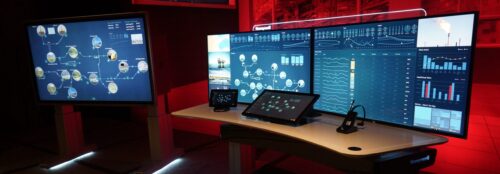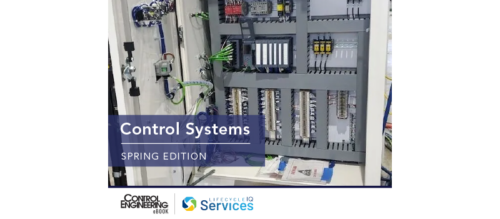Performance monitoring and tuning controllers
Tuning controllers by the step response method (CE, February 2007 “Academic Viewpoint”) is a tried-and-true method, but not all take the trouble to do it. In 2000, Honeywell engineers surveyed various industries and found the following performance assessment numbers for installed controllers: 16% excellent, 16% acceptable, 22% fair, 10% poor, and 36% open loop.
Tuning controllers by the step response method ( CE , February 2007 “Academic Viewpoint”) is a tried-and-true method, but not all take the trouble to do it.
In 2000, Honeywell engineers surveyed various industries and found the following performance assessment numbers for installed controllers: 16% excellent, 16% acceptable, 22% fair, 10% poor, and 36% open loop. Tuning poorly performing loops on-line is an attractive option because of time efficiency, but widespread application of self-tuning controllers is still not trusted by many control practitioners and plant managers. With thousands of loops in some plants, the goal often is to have closed-loop performance that is more or less satisfactory all of the time, rather than controllers that work optimally some of the time and need attention some of the time.
For any feedback control system in a manufacturing process, variation from the desired performance can occur for two reasons. Either the process has changed or the controller performance has degraded. In the first case, the major process parameters change by an amount that cannot be corrected without a change in the controller tuning. But, if the controller performance is degraded without any change in the process, then the controller must be analyzed to verify it is behaving optimally under given conditions.
The first effort towards developing a performance metric for feedback control systems was made 20 years ago using minimum variance control, which represents the best achievable performance by a feedback control system. All other types of controllers (such as PID) behave sub-optimally compared to this benchmark. The methodology involves fitting a model to process data collected under routine closed-loop control. With this model, actual performance can be compared to what would result from using a minimum variance controller. However, using this benchmark has drawbacks. When minimum variance control is applied in a real system, it can lead to large variations in the manipulated variable. The closed-loop control often has poor robustness properties. That is, it can be very sensitive to errors in the gain, dominant time constant, or time delay. Hence, it is not always practical to implement.
Newer methods can be applied to determine achievable PID control performance vs. the best PID controller possible. Recently, we applied such an approach to semiconductor fabs. Most processes involved in semiconductor manufacturing are carried out in a batch manner, so that any process change involves changes in the batch recipe. Run-to-run control is the most popular form of control, wherein the controller parameters can be adjusted after each lot, based on the data from the previous lot. Using the theoretical equivalence of EWMA (exponentially weighted moving average) controllers with discrete integral controllers, the performance monitoring algorithm for PID controllers was applied to run-to-run EWMA controllers commonly used in semiconductor manufacturing.
About 29 etch processes were compared using this performance monitoring methodology. The etch processes showed a distribution of performance indices. All processes considered had performance indices from 0.2 to 1.0, where 1.0 is the best PI controller that can be designed. Although 40% of the processes were in the 0.9 to 1 range, the remaining 60% were uniformly distributed in the 0.1 to 0.8 region, similar to the Honeywell numbers. Thus, many etch processes were found to be operating with suboptimal controllers. Viewing the behavior of the performance index over time for a moving window of 50 batches was instructive. Often a sudden degradation in performance occurred mid-way through the sequence of batches. Thereafter, the performance of the controller declined.
So how should performance monitoring be implemented in a plant with thousands of loops? Software can monitor all of the loops daily, then generate a prioritized list of those loops needing attention. An e-mail with this information could be automatically generated at 8 a.m. each day and sent to the control engineer for action.
Author Information
Thomas F. Edgar is professor of chemical engineering at the University of Texas at Austin. Contact him at tfedgar@austin.utexas.edu
Do you have experience and expertise with the topics mentioned in this content? You should consider contributing to our CFE Media editorial team and getting the recognition you and your company deserve. Click here to start this process.





